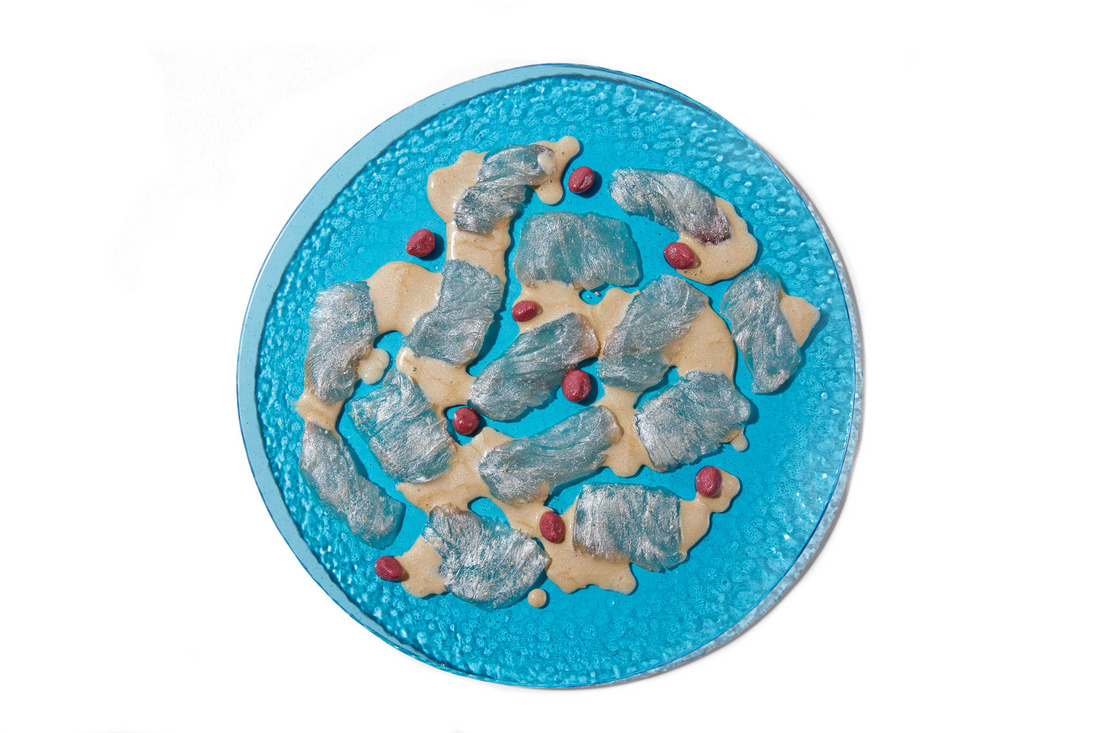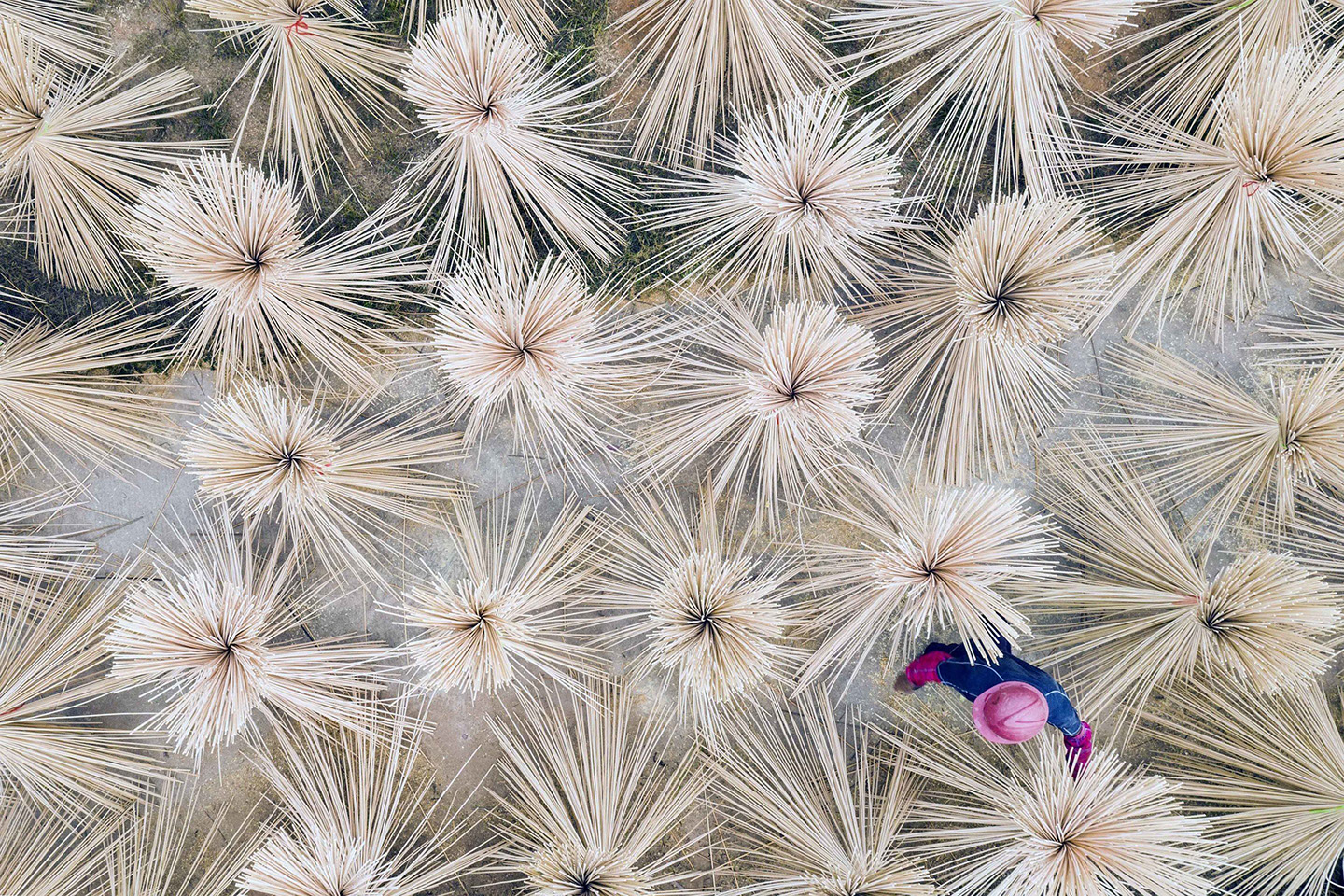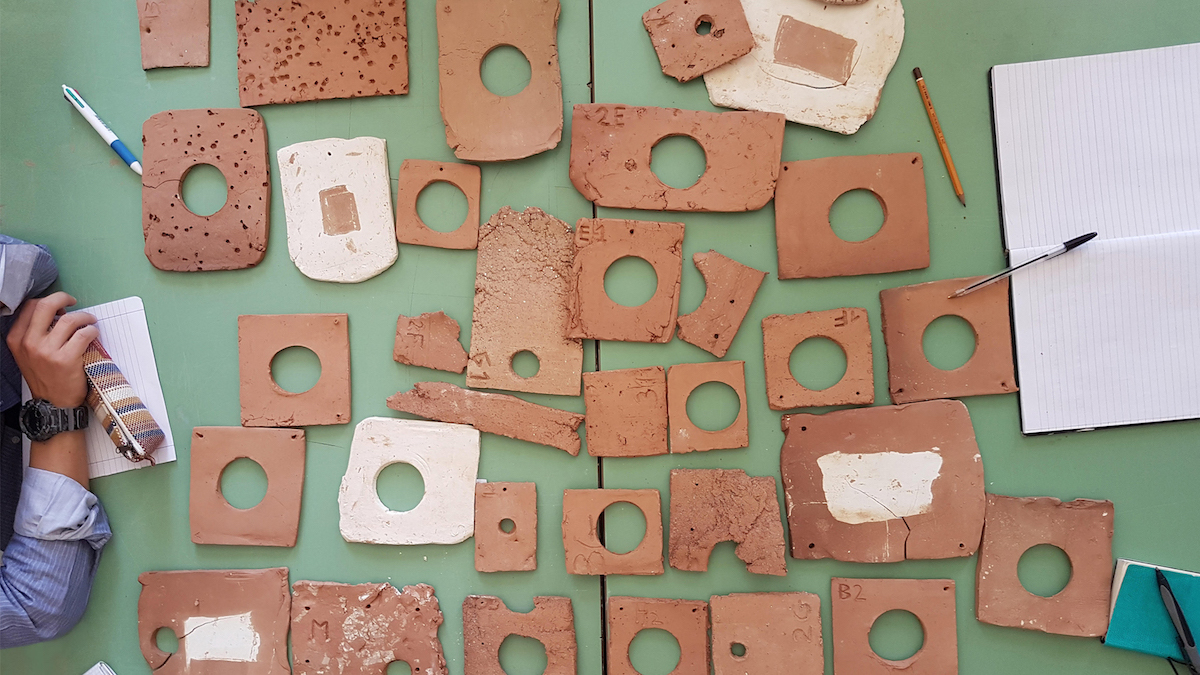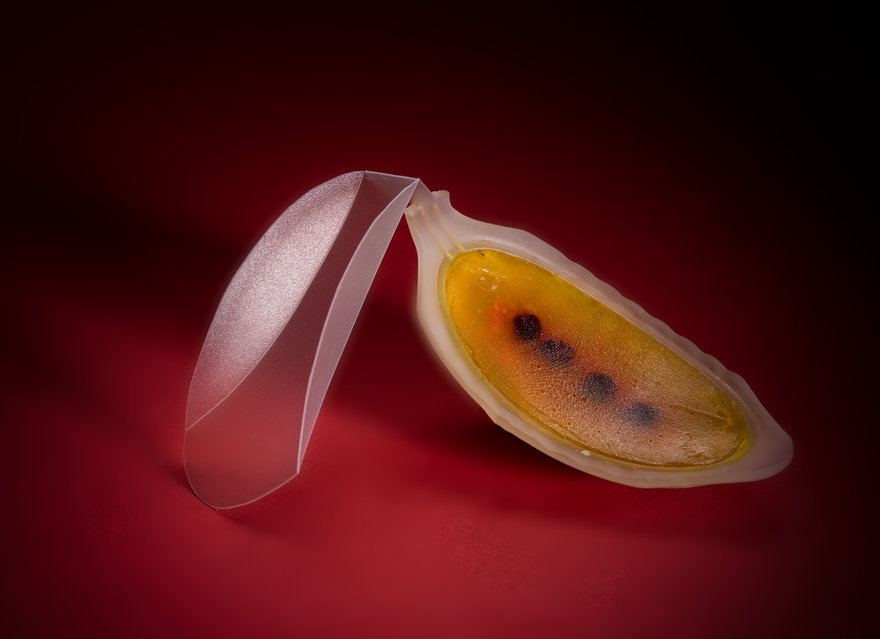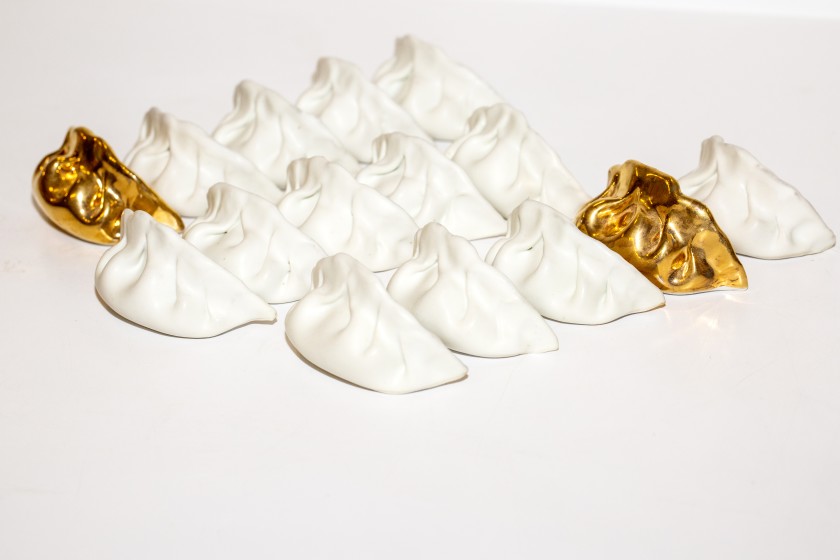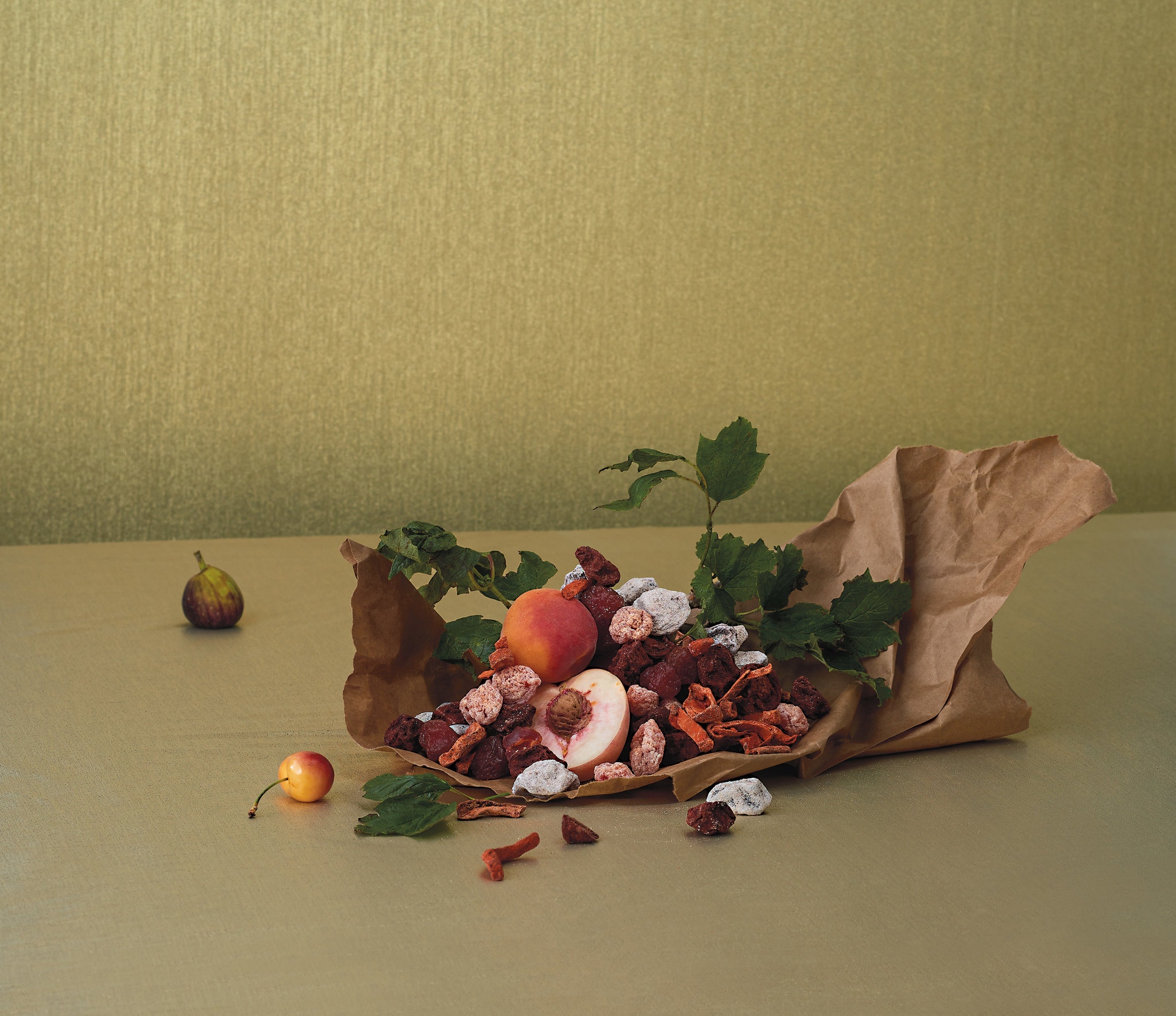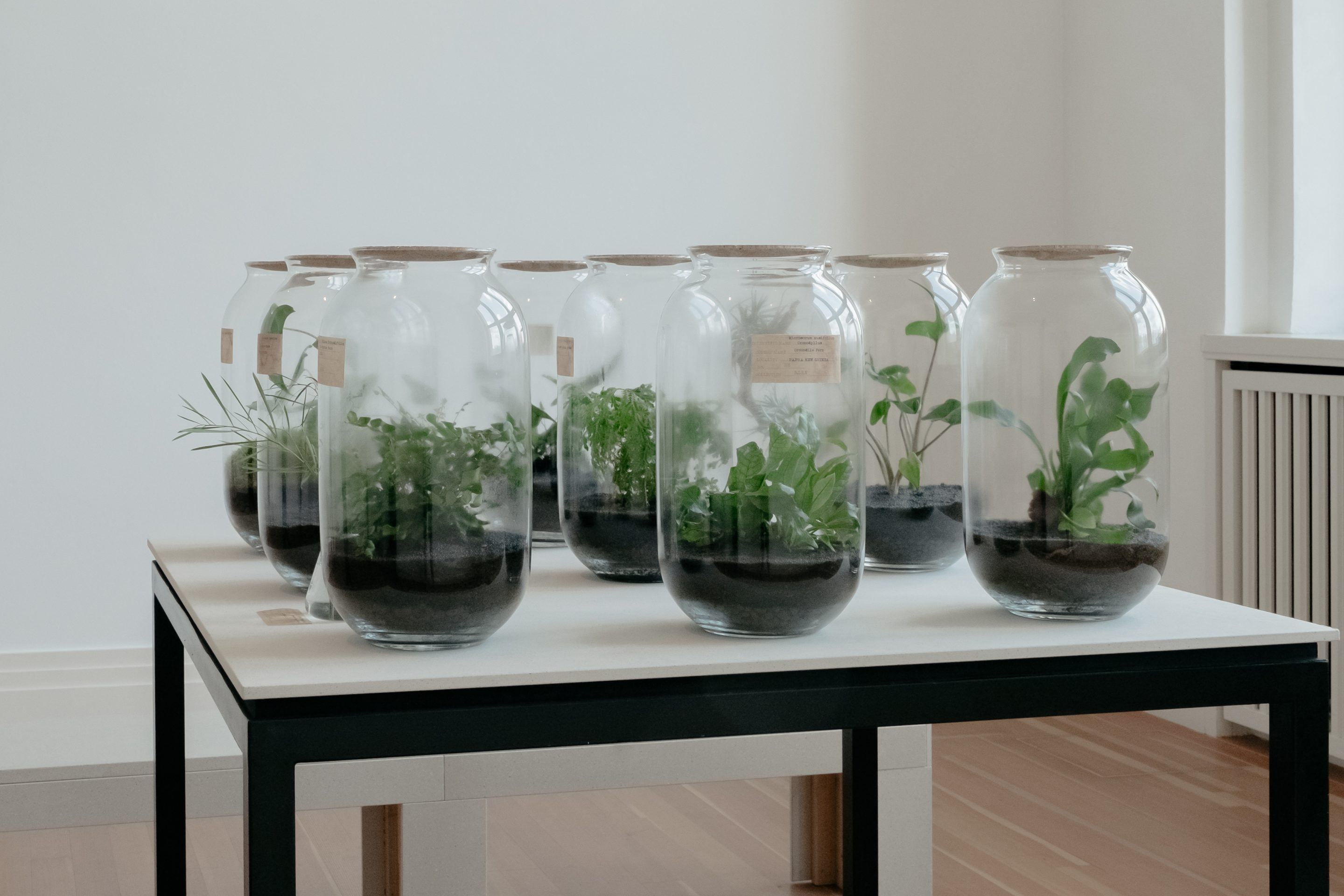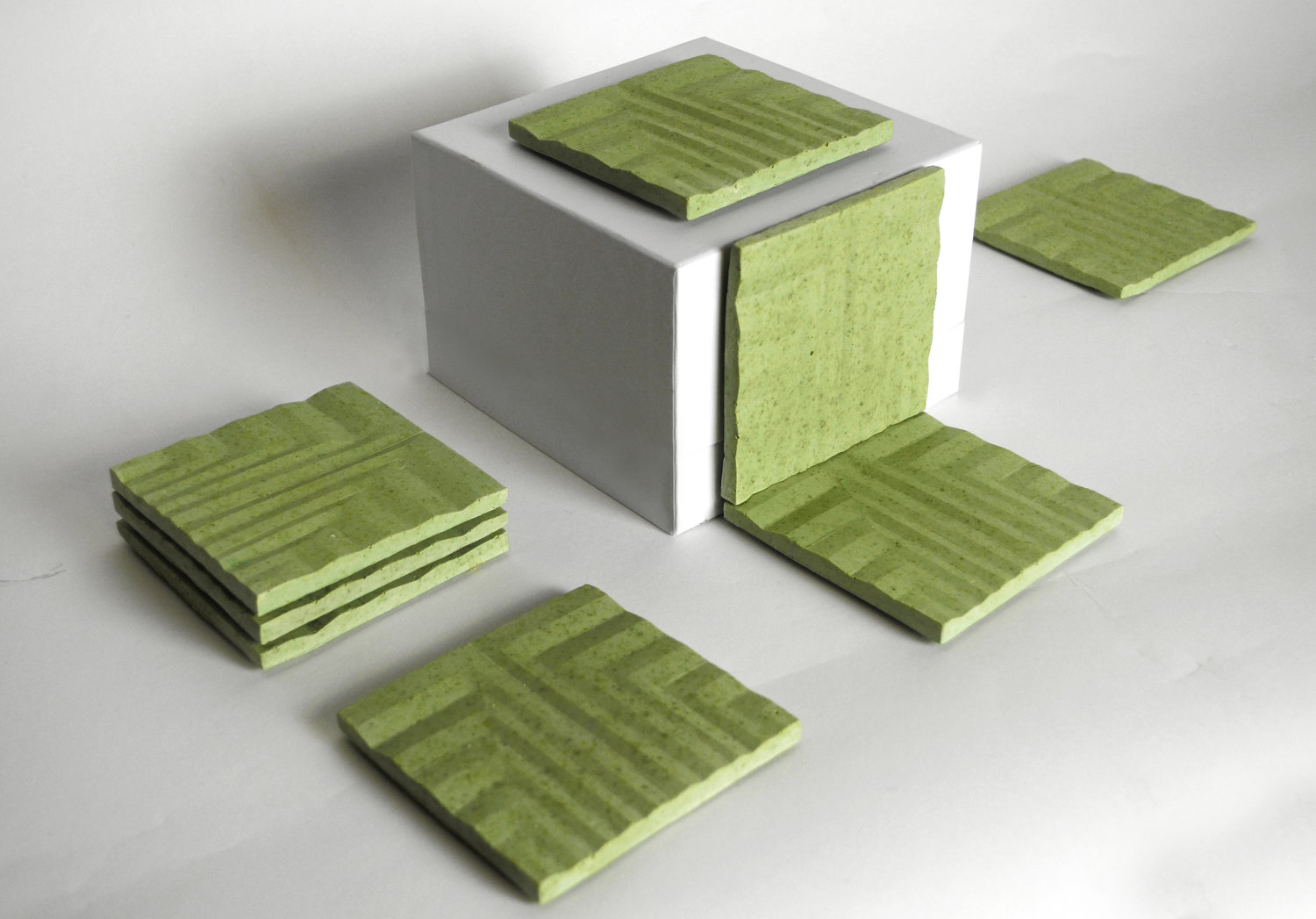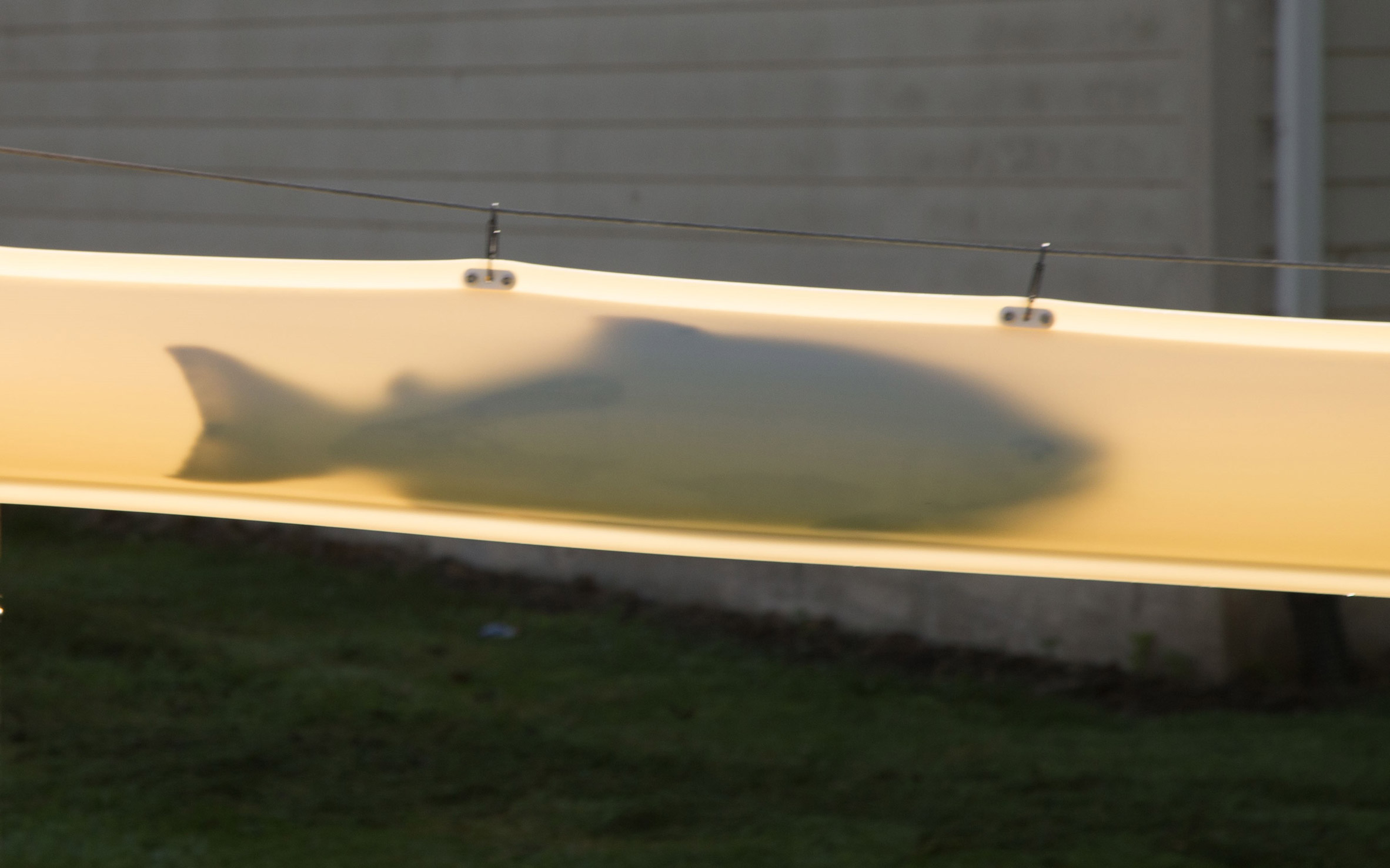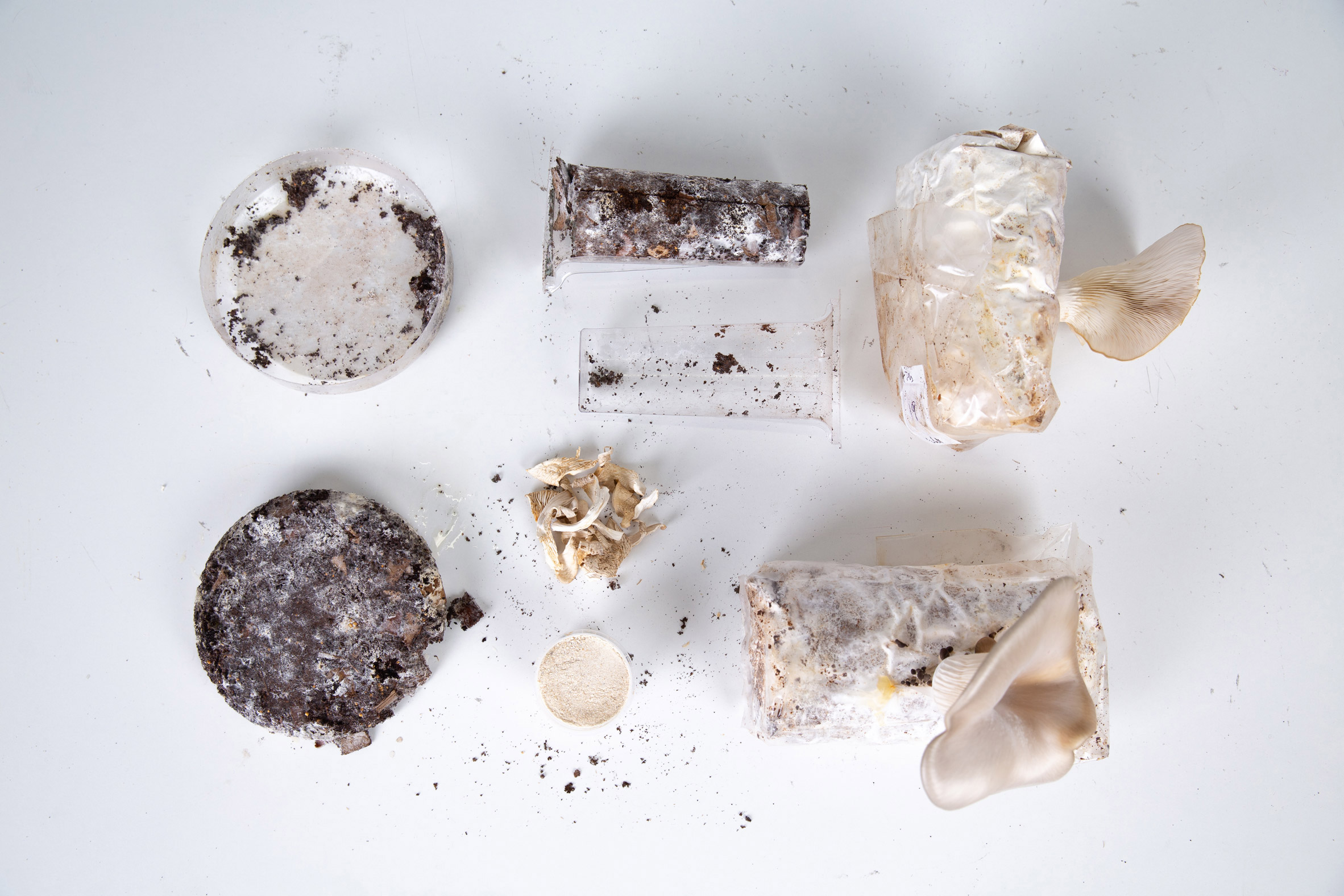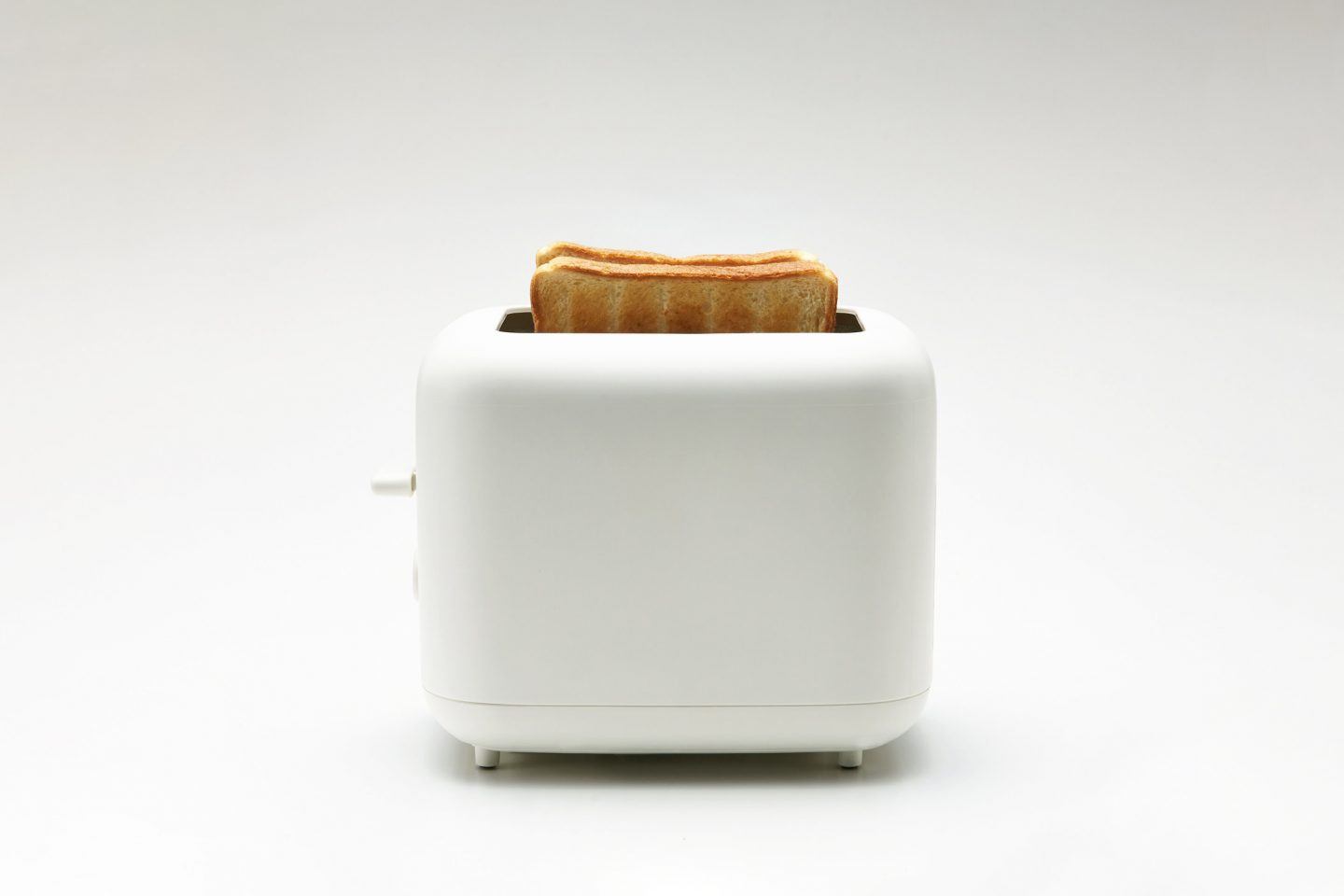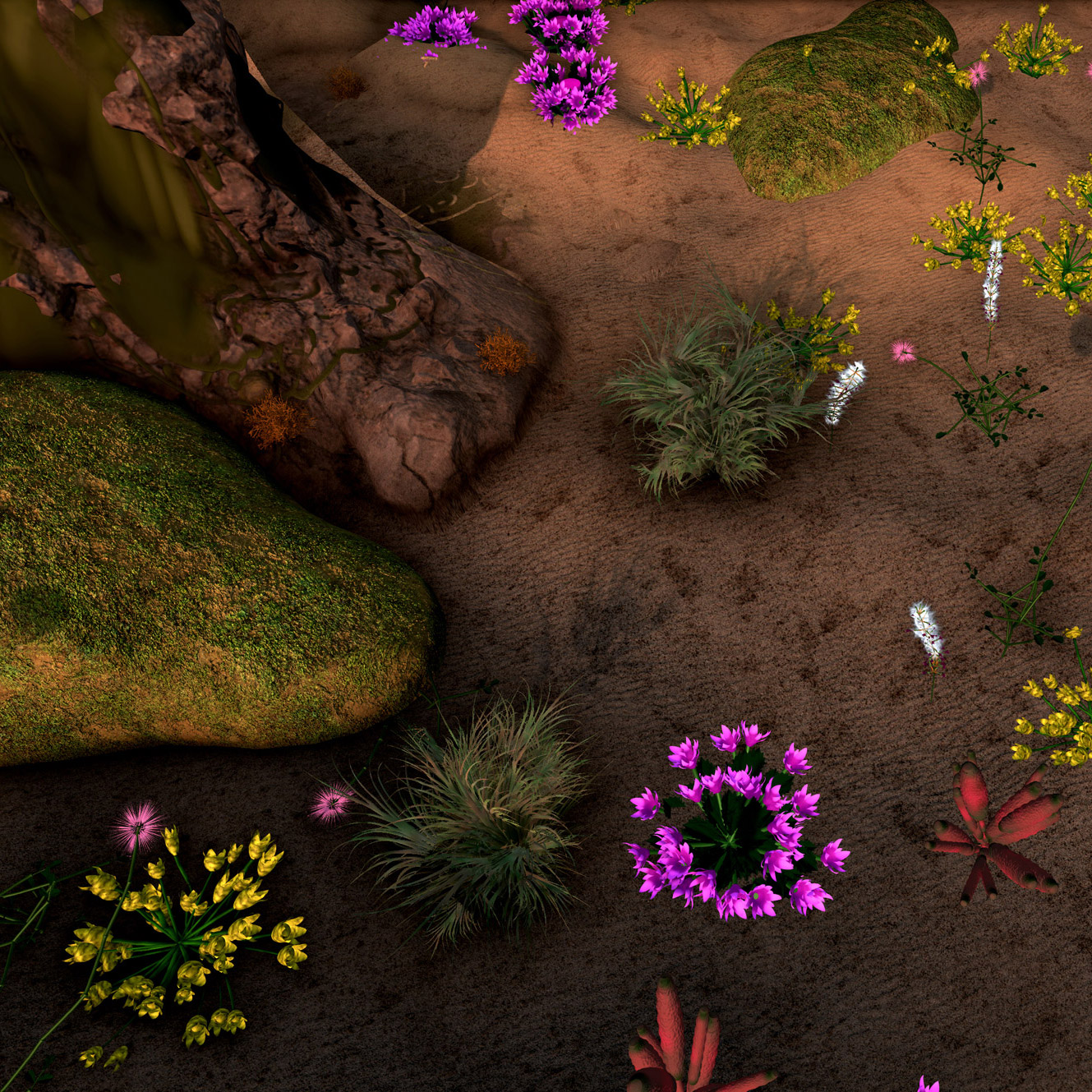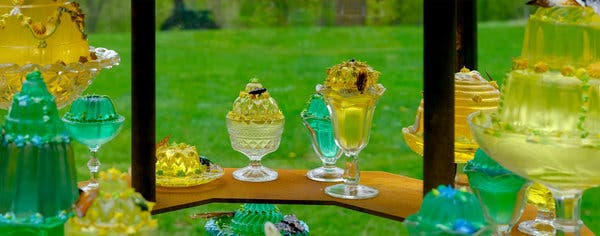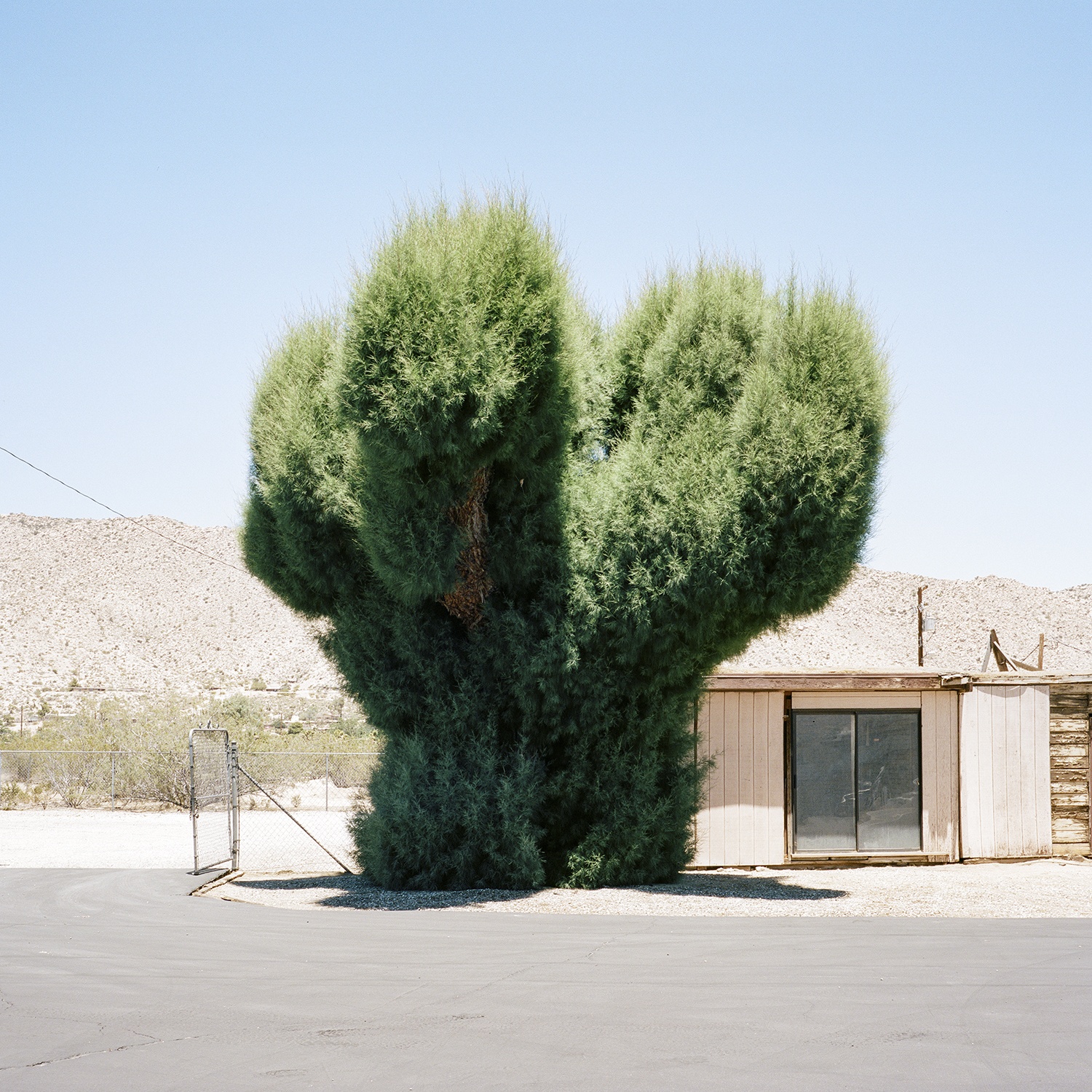Our weekly serving of off-the-menu items—a few popular favorites from the week as well as a few morsels that may have slipped your notice.

JAB, the holding company beind Stumptown, Intelligentsia and Peet’s launched Trade, a one-stop shop for craft coffee connoisseurs. With nearly 400 coffees from 50 of the United States’ most “prestigious roasters,” Trade traffics (pun intended) in beans and specialty gear for those who have an opinion on America’s most favorite caffeinated drink.

Although we can thank the “father of medicine” Hippocrates for the beloved quote, “let food be thy medicine and medicine be thy food,” the burgeoning field of culinary medicine is making inroads in policy making, health care and as this article explores, dining rituals as trauma therapy.
 Locusts in Nebraska, 1890.
Locusts in Nebraska, 1890.
Eating Insects is an American Tradition
In the United States, entomophogy might be a buzz-worthy trend in the search for sustainable protein sources, but as Mark Hay of Atlas Obscura points out, eating insects is a long-held American tradition.

In this report, OZY reports on the companies that are helming the drive towards using CRISPR technology in our foods. This, in addition to the USDA’s announcement last week that CRISPR technology will not be regulated unlike their GMO cousins, means that we should expect to be consuming gene-edited produce and livestock within the next five years.

It’s no secret that many consumer technologies ranging from drones to GPS to microwaves derive from defense research. In a recent talk, the director of the United States’ Combat Feeding Directorate shared insights into the military’s interest in everything from probiotics to food packaging and hydroponics to feed the next generation of service men and women.

The Wine Collectors
In the Kunene region of Namibia, the ancient practice of collecting sap from palm trees to begin the alchemy of producing palm wines begins in the clouds. Cape Town-based photographer Kyle Weeks captures the superhuman efforts of the Himba tribe as they scale trees the size of buildings to collect the precious sap.
